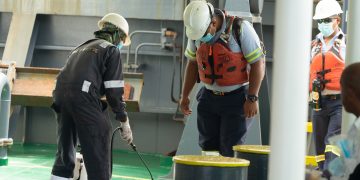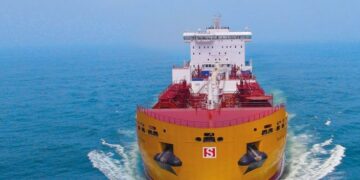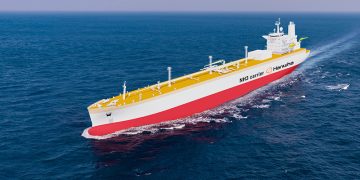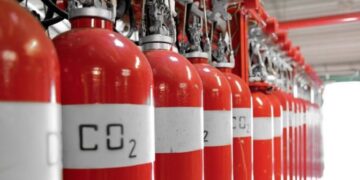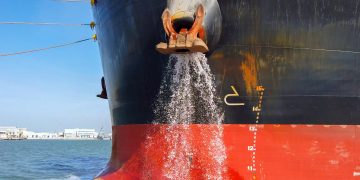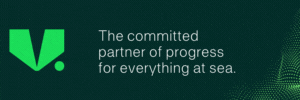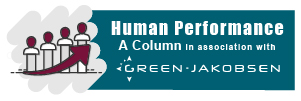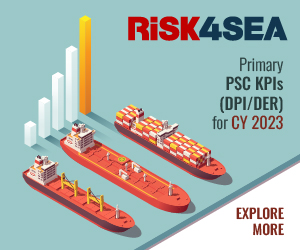IBIA, after participating in all the IMO meetings where policy and regulatory tools to cut GHG emissions from shipping have been discussed, said that in order to achieve this goal, the right regulatory tools are needed.
More specifically, IBIA’s Director and IMO Representative, Unni Einemo, highlighted the need for the market to respond with fuels and technology solutions, in order to “ensure the fuels and technologies on offer are technically feasible, safe to use and truly sustainable.”
For sustainability, we need a holistic approach, taking full well to wake lifecycle emissions into account; anything else would discourage or even eliminate several options that are carbon neutral when considering full lifecycle emissions
For this reason, Ms. Einemo noted that shipping needs a workable lifecycle assessment methodology and associated certification schemes, preferably a methodology “that will apply a single and consistent international approach to determine the lifecycle analysis of fuels as supplied to the maritime sector.”
In addition, maritime should stimulate innovation, and demand for alternative fuels, IBIA says. For this to happen, the organization says that the industry will likely need a substantial price on carbon and CO2 equivalents to effectuate real change through market-based measures.
We know from the transition to IMO 2020 that most shipping companies waited as long as possible to comply with the 0.50% sulphur limit because low sulphur fuels cost more, so it is clear that the price of fuel is a very important market signal
Furthermore, according to Ms. Einemo, the proposals for a gradual phasing in of a GHG intensity limit “have great potential to stimulate demand for zero and low carbon fuels.”
As she explains, ships are starting to use lower sulphur fuels, but she urges that shipping needs:
Clear regulatory signals to stimulate demand. The supply market responded to that demand by providing lower sulphur fuels in time for whenever new emission control areas and reduced sulphur limits came into effect
What is more, she adds that despite fears of lacking availability, low sulphur fuels or technology solutions to help the global fleet comply with the IMO 2020 sulphur limit were provided. Considering this:
A gradual phase-in of a low GHG intensity limit could be a very effective tool to ensure predictable levels of demand, which the supply side would respond to









